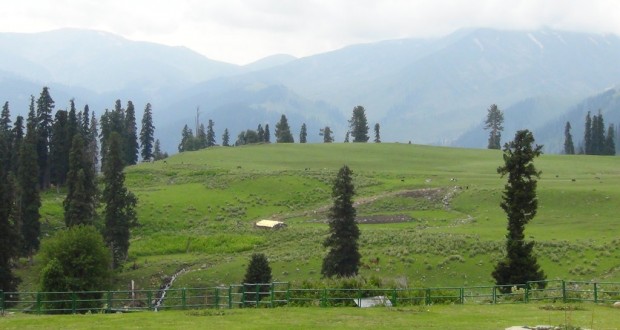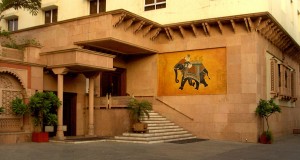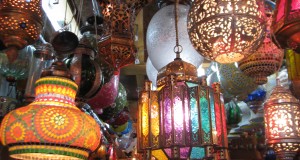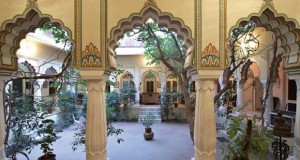Review Overview
3
Summary : Jammu has a fine artistic tradition, which culminated in the miniature court paintings of the 18th and 19th centuries.
Gateway into Kashmir, Jammu is also the winter capital of the state. Situated on the banks of the river Tawi, this busy, prosperous town isurounded by lakes and hils, temple, and fortresses. Little is known of the city’s origin. According to legend, it was founded by the 9th-century King Jambulochan on the site of Bahu Fort, which stands on the left bank of the Tali . In AD 1730 it came under the rule of the Dogra chiefs of Rajput descent, and it was they who merged Jammu and Kashmir into one state in AD 1832 and continued to rule it until it acceded to India in 1947. Jammu has a fine artistic tradition, which culminated in the miniature court paintings of the 18th and 19th centuries.
ARRIVAL/DEPARTURE
Air Indian Airlines flies daily between Jammu and Delhi (Rs1394), Chandigarh (Rs945), and Srinagar (Rs543). Jammu airport is 7 km (4 1/2 miles) from the city centre. Taxis and auto-rickshaws are available.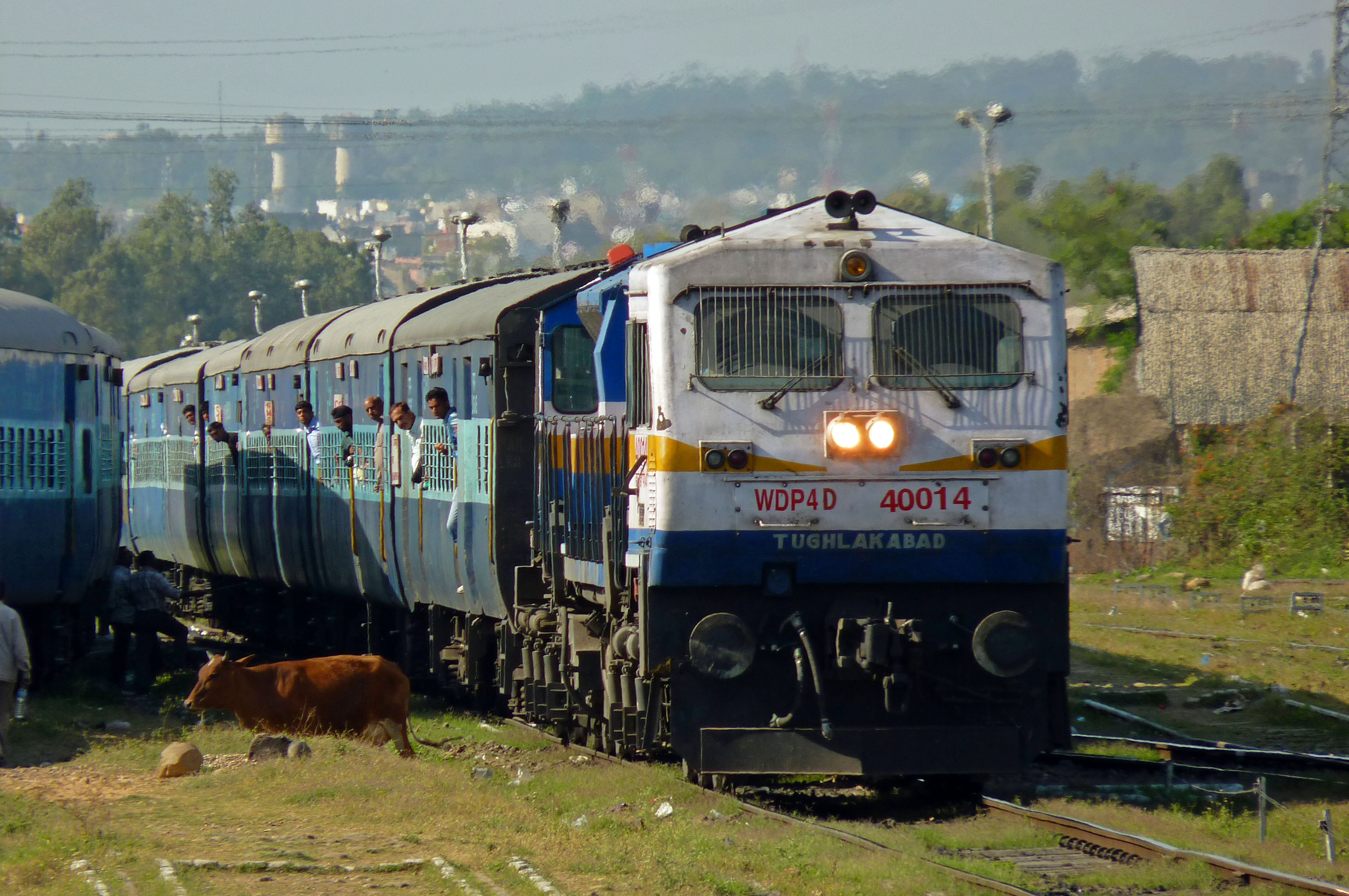
Rail Two quickest trains to Delhi (12/13 hours) are the Jammu Mail and the 172 DN Superfast Express, leaving Jammu Tawi rail station at 2.50 pm and 4.40 pm daily. Railway Enquiries (tel 31085, 30047; reservations 43836).
Bus Very regular buses to Delhi (12 hours), to Srinagar (10-14 hours) and to Pathankot (2/3 hours). There are also 2 buses a day to Dharmsala (5 am and 6.10 am), and one bus a day to Shimla (6 pm). Buy all tickets as early as possible. Current bus/rail timings are posted at the Broadway Hotel. General bus-stand enquiries (tel 47475).
WHAT TO SEE
Travellers often arrive in Jammu tired and late at night, following the marathon bus , journey from Delhi or Srinagar. Most of them move out the very next morning. Jammu (and Pathankot, the next point on the route) is very close to the Pakistan border and a major staging post for supplies to Kashmir and the long border. Not a very comfortable situation, but don’t be in too much of a hurry to leave. Jammu has at least a morning’s worth of decent sights.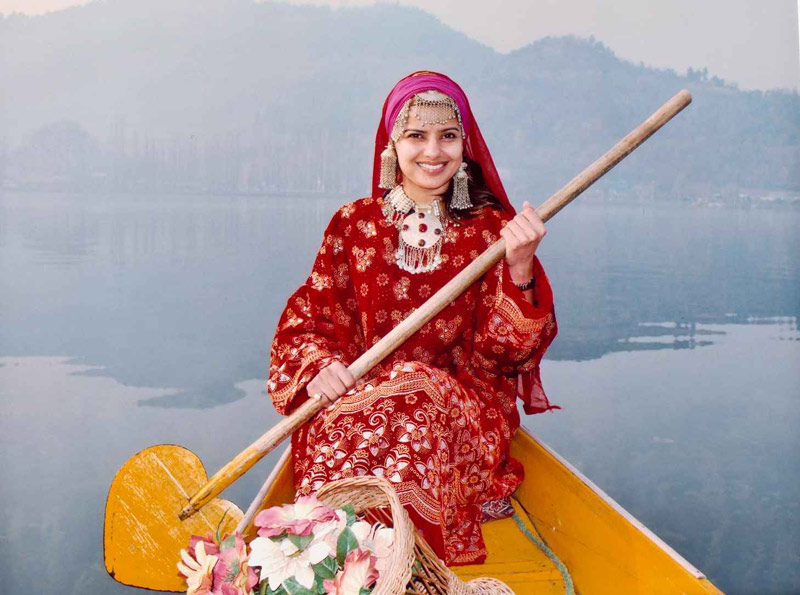
Most buses drop passengers by the tourist office, which is close to all the better hotels and lodges. To your left, you will see the spires of the Raghunath Temple. Lelt of the temple, down some steps, is the main bus-station. All this is in the old part of town. The railway station, several kilometres away across the river Tawi, is in them new town. To get to it, take a ‘tempo’ minibus from outside the main bus-station (them stand is at the top of the bazaar). These leave about every half-hour.
For sightseeing, and getting round town in general, use either auto-rickshaws (a taxis. Both have meters, but have the usual allergy to using them. Hiring cycles in not practical in Jammu—its few sights are very spread out, and there are many hill .
City Tour (by rickshaw/taxi, 3-4 hours)
Raghunath Temple-Kali Temple-Bagh-i-Bagh-Amar Mahal Museum- Dogra Art Gallery
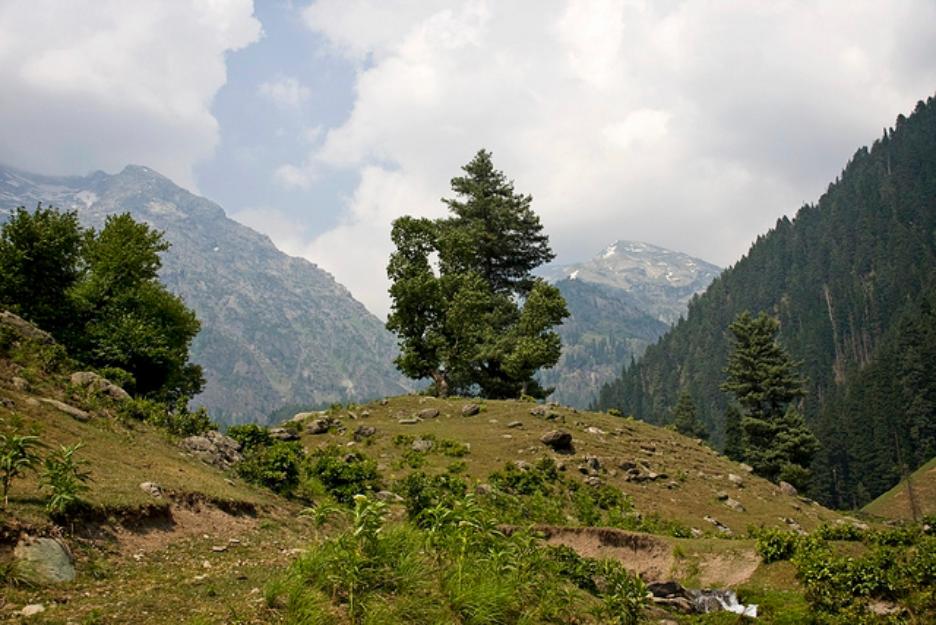
Start with a short walk down to the Raghuriath Temple, just below the tourist office It is the centrepiece of a sizeable complex of small temples (built 1835) situated in 0 heart of the busy city. Make a short tour of the lively surrounding bazaars (there are some really strange things for sale here), then catch a rickshaw /taxi up to the old Fort, 5 km (3 miles) above the town. This is best visited on a Tuesday or a Sunday, tppwoil tghreim tisn uygh abthlaecrke i-nfj ascwenadar mgosd tdoe osfienr the Kali Temple, and to hire out a goat. In the old days, the goats used to be sacrificed. ,N they are reonted byw the hour, earnestly prayed to in a smal pen, then sent back to live another day.
below the fort lies Jammu’s most pleasant feature, the lovely Bagh-i-Bagh gardens. gTren, relhaxing sipot iSs constructed on a series of teraces, and gives fine views of he Tawi bridge and the river. You can pause here for tiffin at the small restaurant, bet ire moving on to the Amar Mahal Museum (only open 5-7 pm Tuesday to t Saturday, 8 am-noon on Sunday), situated on a hill overlooking the Tawi River. Built in 907, this French-designed palace houses the art collection of Dr Karan Singh, the las Maharajah of Kashmir. The collection consists mainly of family portraits, though there are some rare Pahari paintings and excellent soft-toned Kangra-school si ltolou, asndt rthae tpailoacne iss beautifuly furnished.
Finally , visit the Dogra Art Gallery, Gandhi Bhavan, opposite the New Secretariat. Set ip in 1954, this houses an important collection of nearly 600 paintings (poorly lit and presented, but of fine quality), plus ancient tarleaf manuscripts, terracotta, aculpture and arms. Many of the miniatures on view depict scenes from the Krishna ,l aendg aree thne wodrk of the skiled Basholi and Pahari schols of painting which ,developed from the 18th century on. The schematic use of colours, with detailed Kangra brushwork, are the main characteristics of this delicate and refined school of art )nly a sample are represented, ask to see more. Open 11 am-5 pm winter, 7.30 am–1 pm summer, closed Mondays. Inside, discourage uninvited ‘guides’.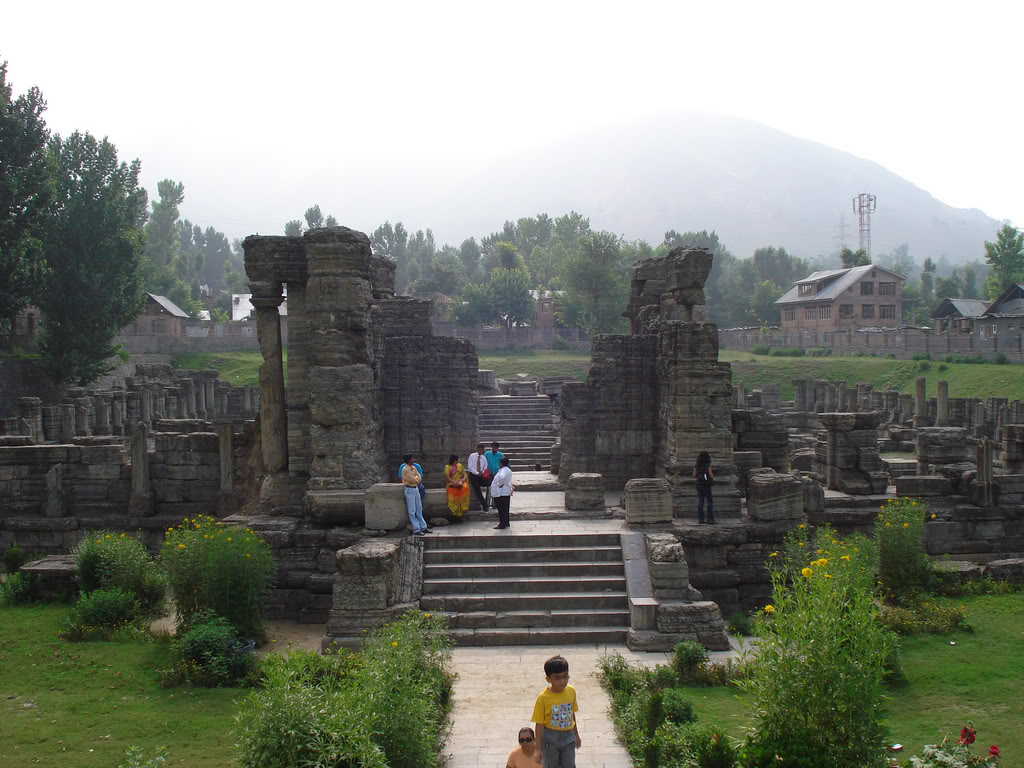
WHERE TO STAY
Jammu has yet to shake off its reputation as a one-night tourist stopover, and there as a marFed shortage of good accommodation. For mod cons and a cool pool try the four star Asia Jammu Tawi at Ram Nagar, to the north of town (tel 49430, 43932, tlx 0377-224). Rooms are from Rs850. The best mid-range deal is Hotel Mansar, Denis (Gtel 4616a1, 436t10)e, a short walk from the bus-stand. A smart litle place, with nice air-conditioned bar/restaurant and comfy room for about Rs200 (without air conditioning) and Rs300 (with). The Tourist Reception Centre is a disappointment. I the ammu Ashok, opp Amar Mahal (tel 43127, 43864, tlx 0377-227) has both air conditione and ordinary rooms from Rs650.
EATING OUT There isn’t a great deal of choice. Most people eat at the Cosmopolitan and Premier which both have dining halls, jazzy sounds, and mid-priced ,CIhinoesne mteinnuse. Onf tthae ltwo, the Cosmopolitan has beter service and atmosphere, and good Italian pasta too. Next to the Premier, the fast-food chinesea Room does very nice pastries and cakes, in addition to a roaring trade bITurgners,w c hotp saueay akndy icee-cream. For expensive quality fare, go to I hotel Mansar. For cheap and best vegetarian food, try Trimurti dhaba near Broad way Hotel.
GENERAL INFORMATION Main tourist reception centre is in Mir Chowk (tel 8803), above the main bus-stand. the Mir Chowk office houses Indian Airlines (tel 42735, 47088, 47577 airport tel 5745). Jammu’s post office is inside the railway station.

